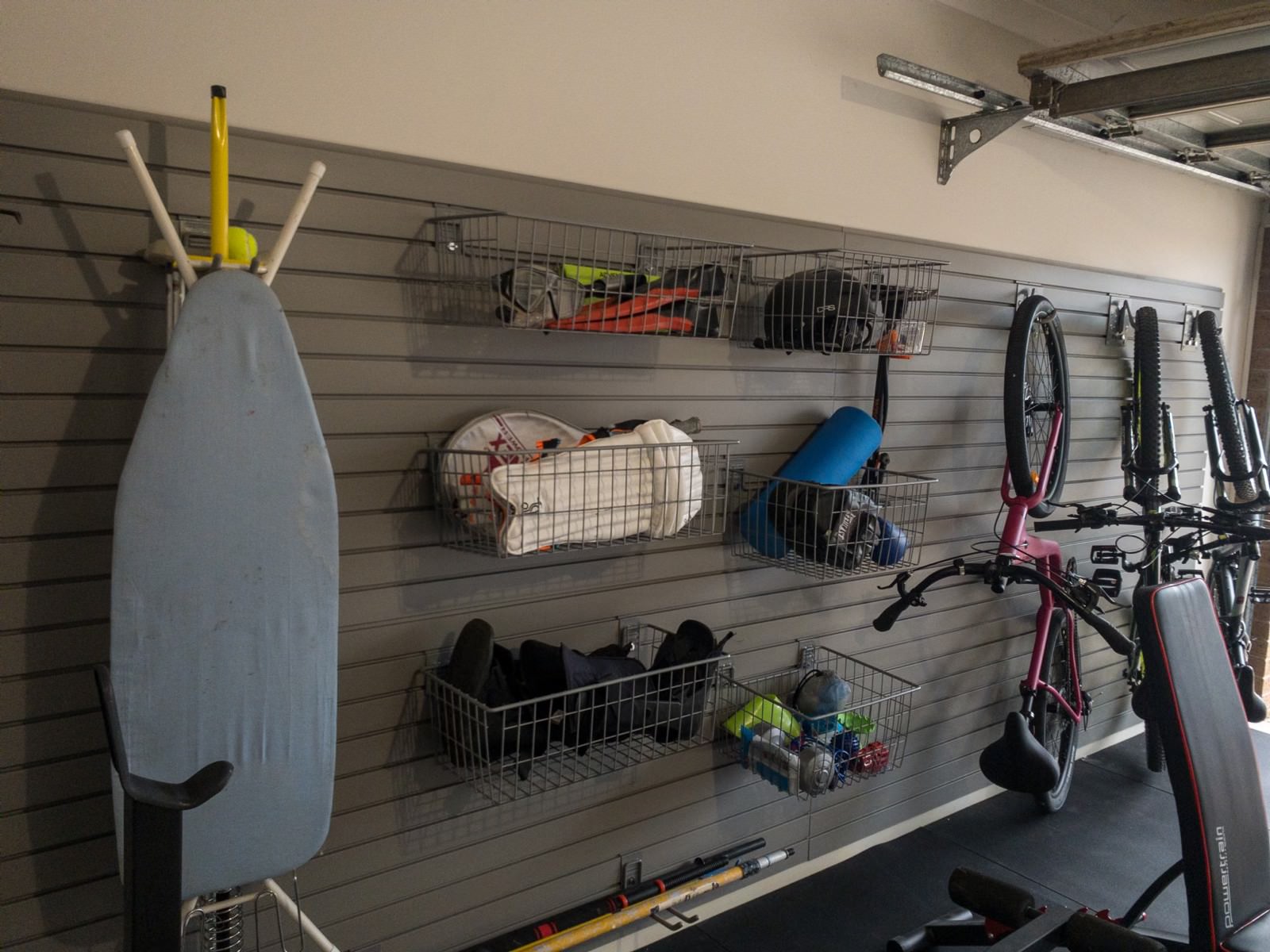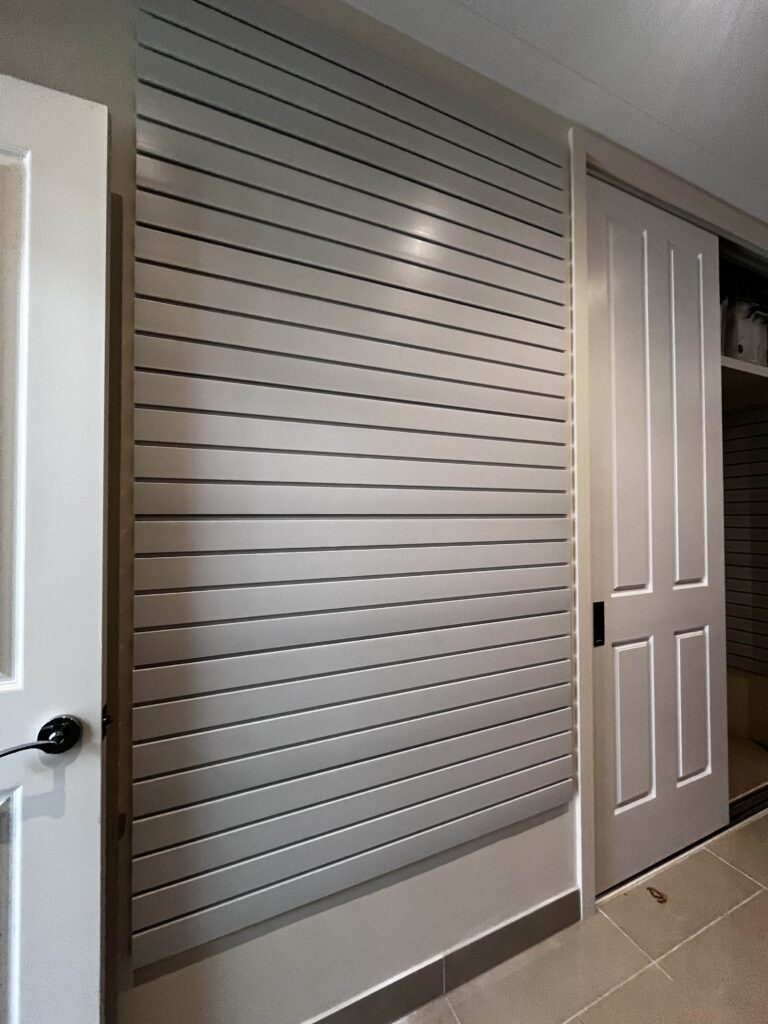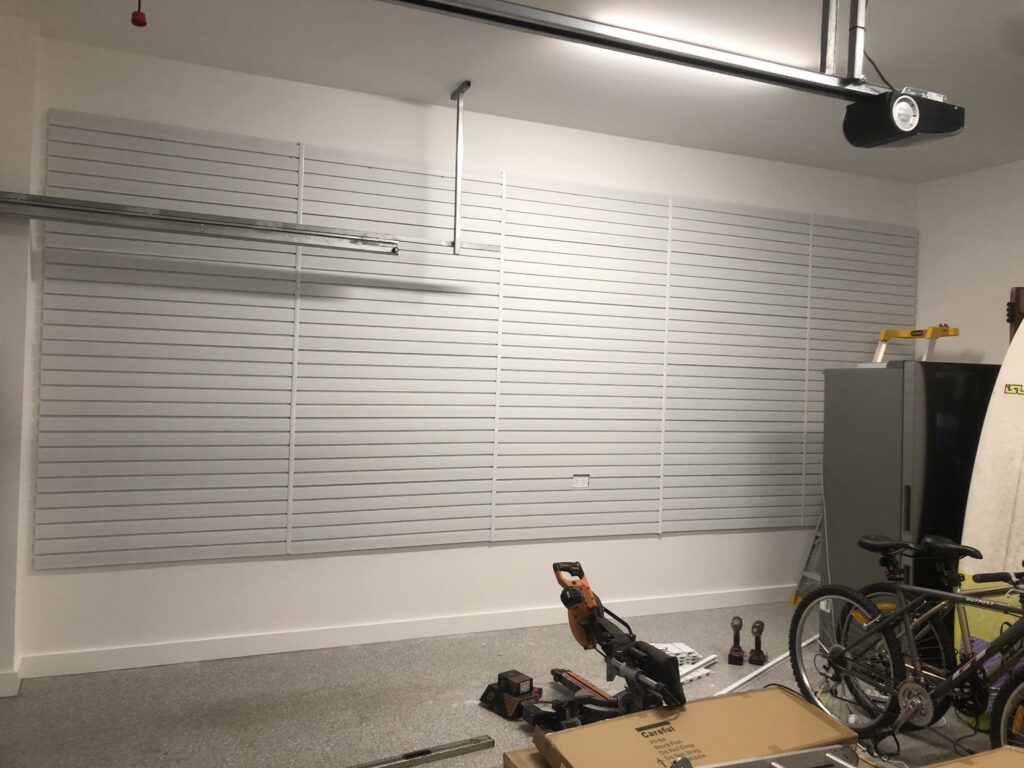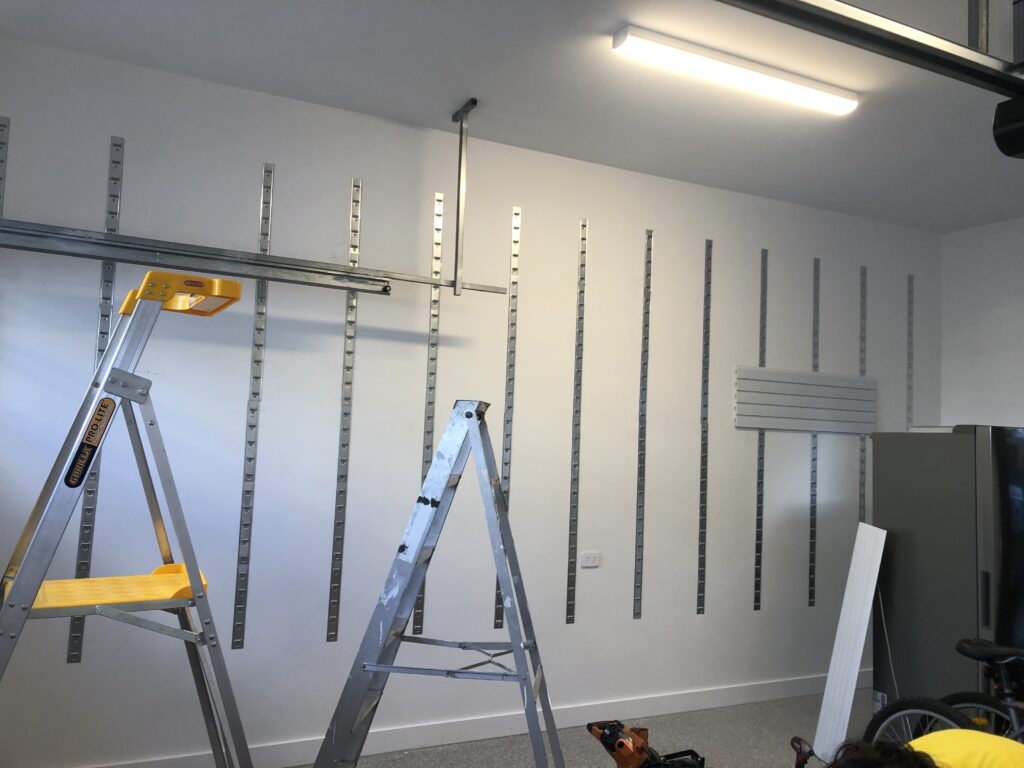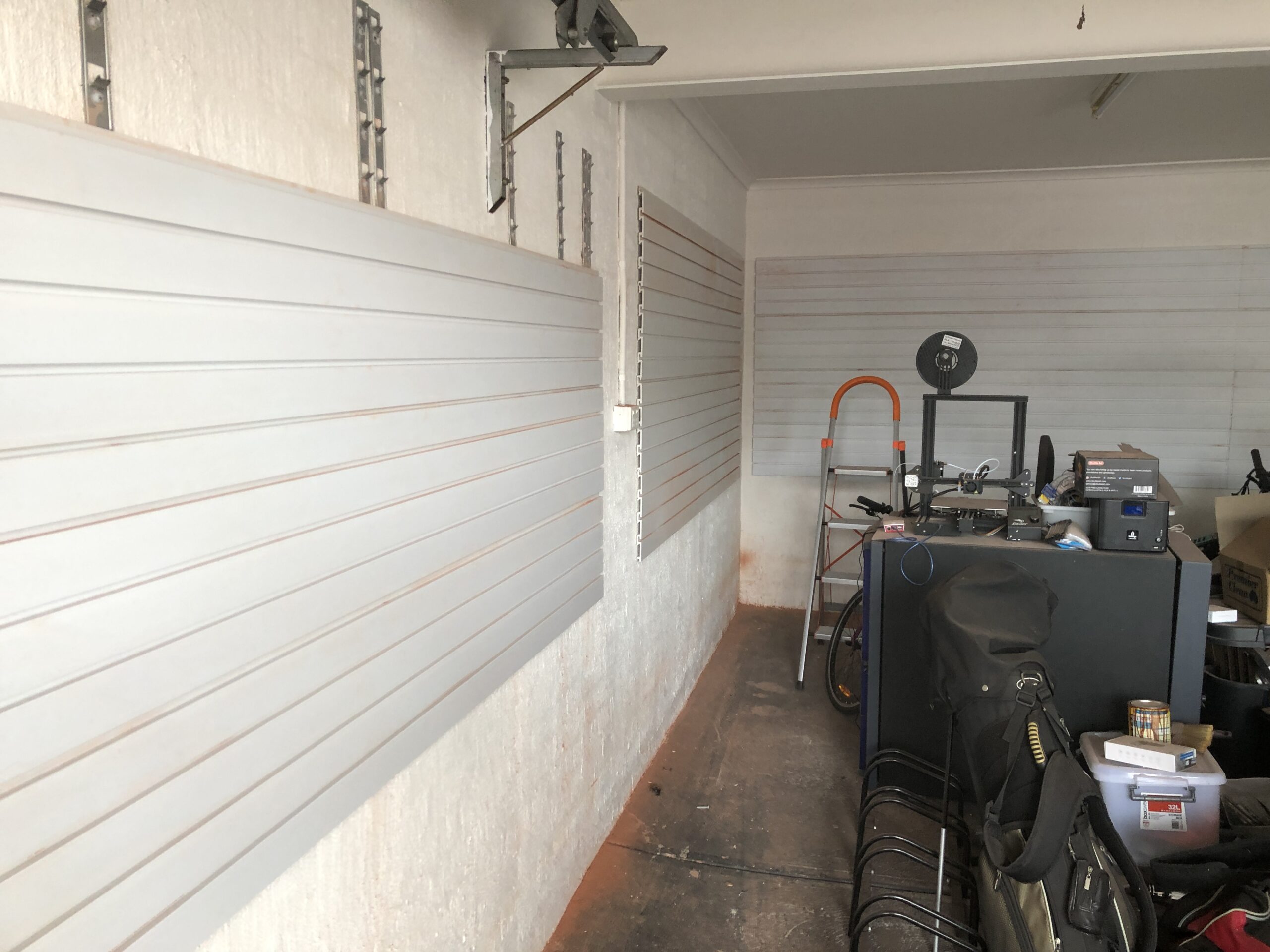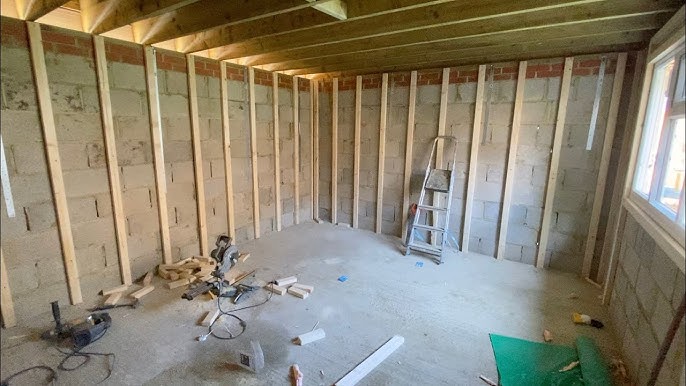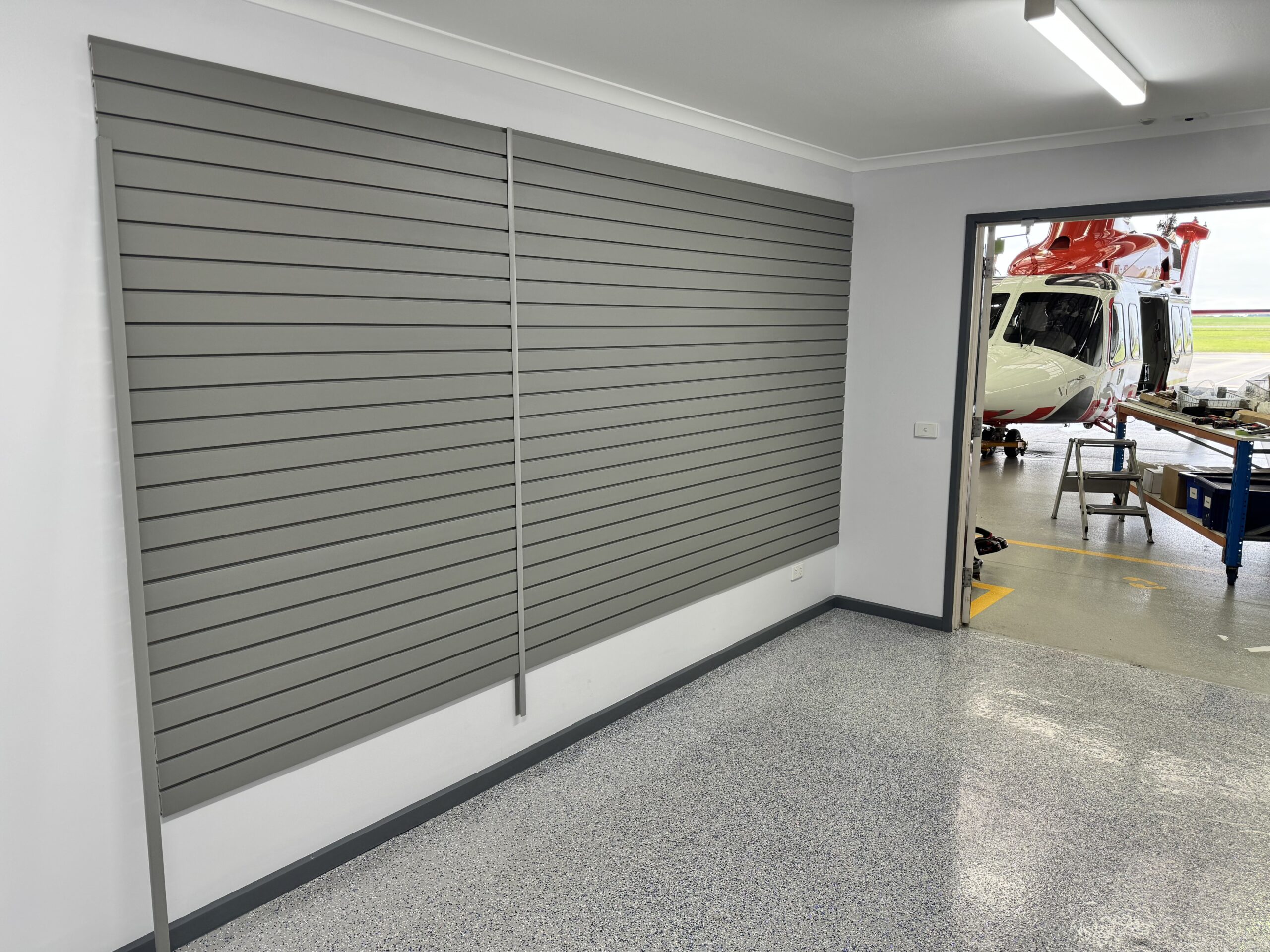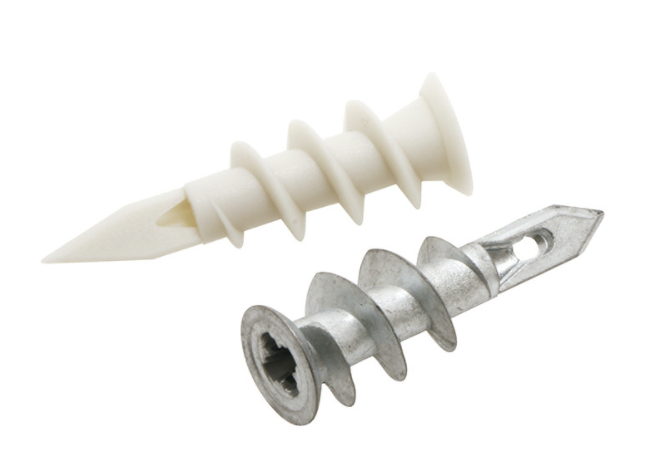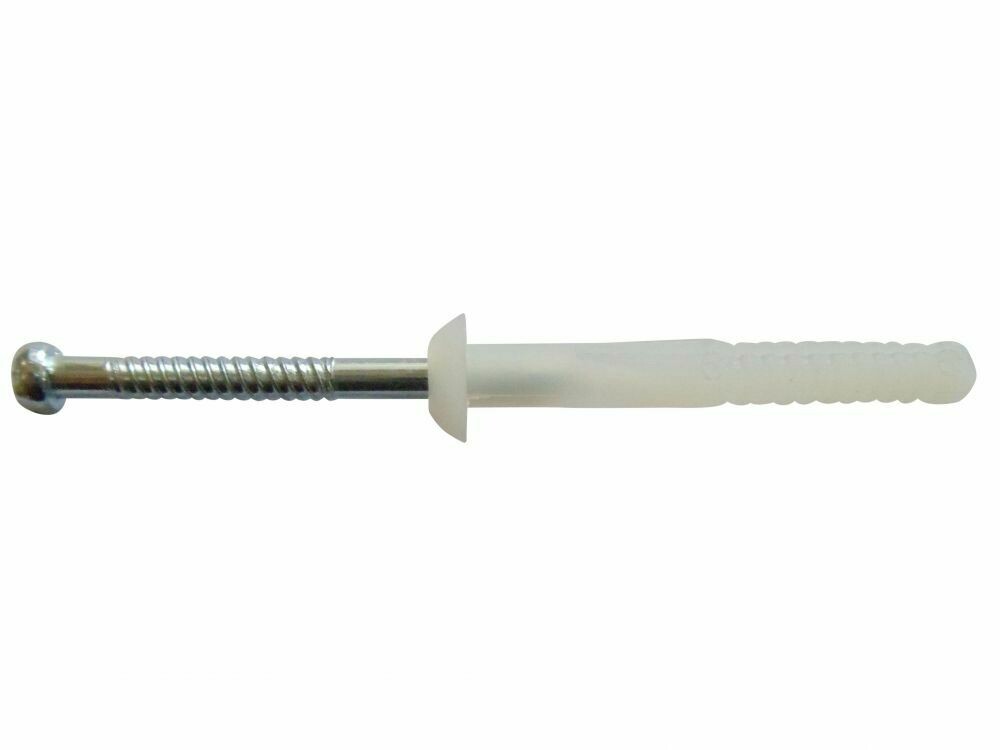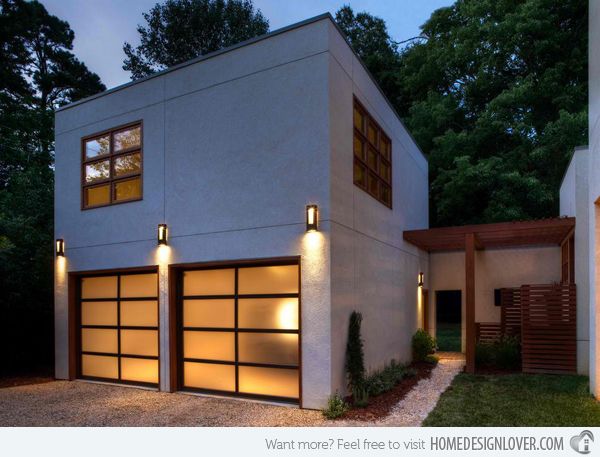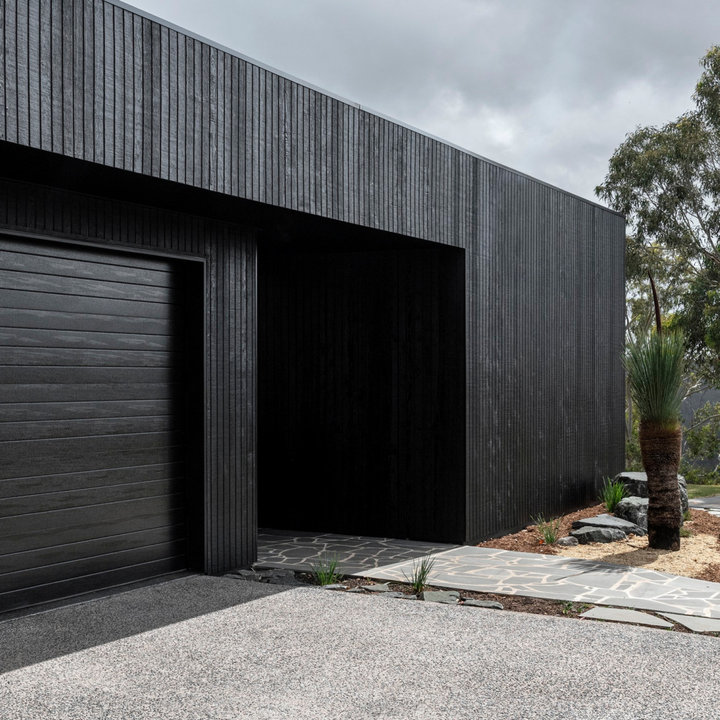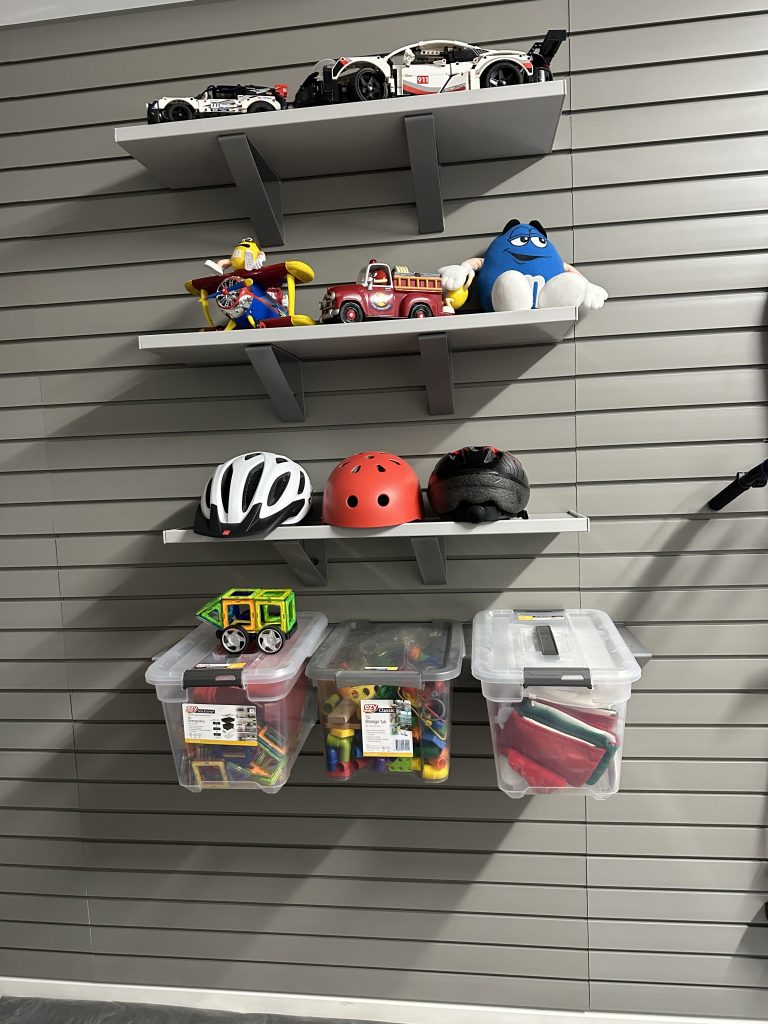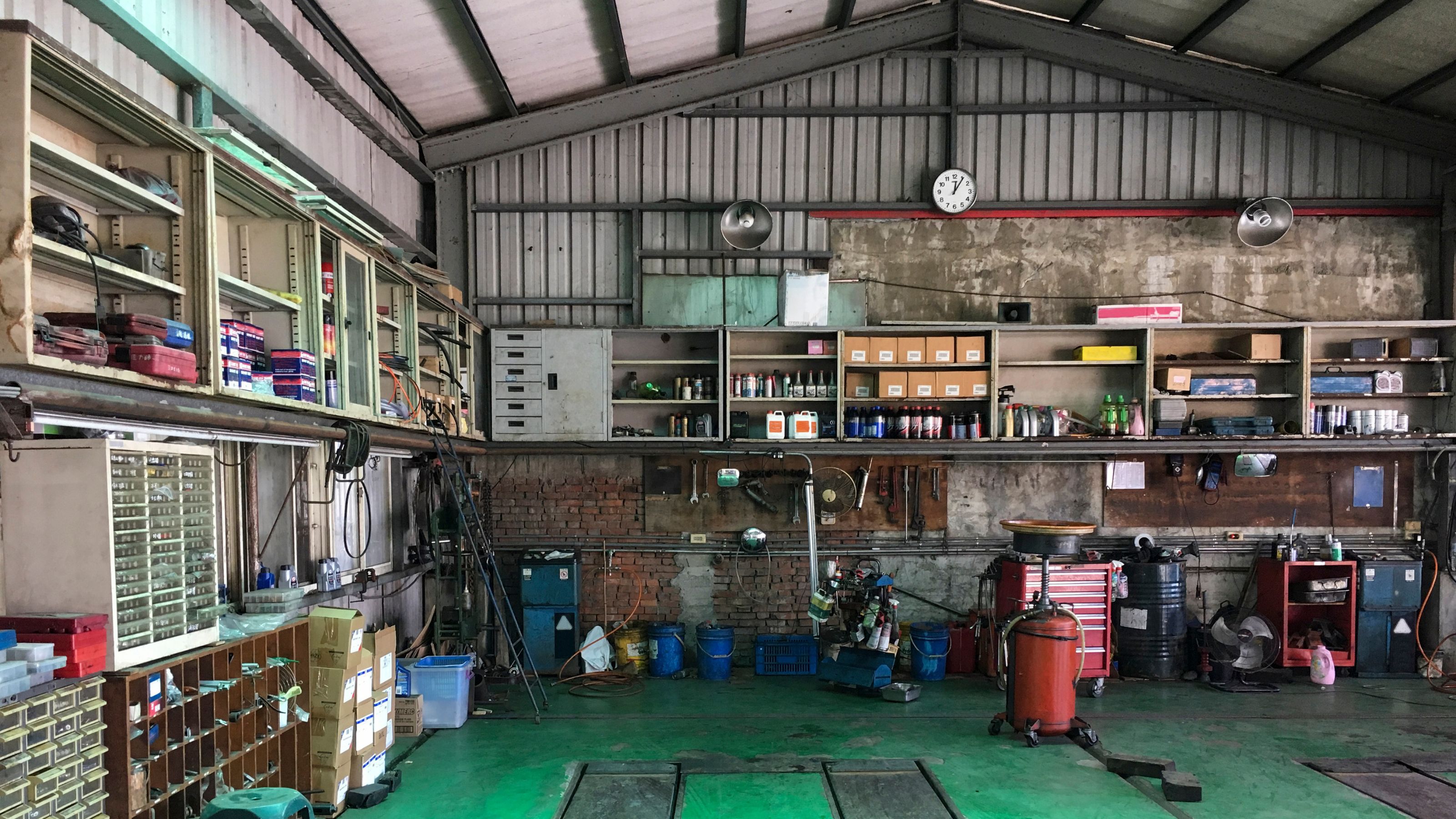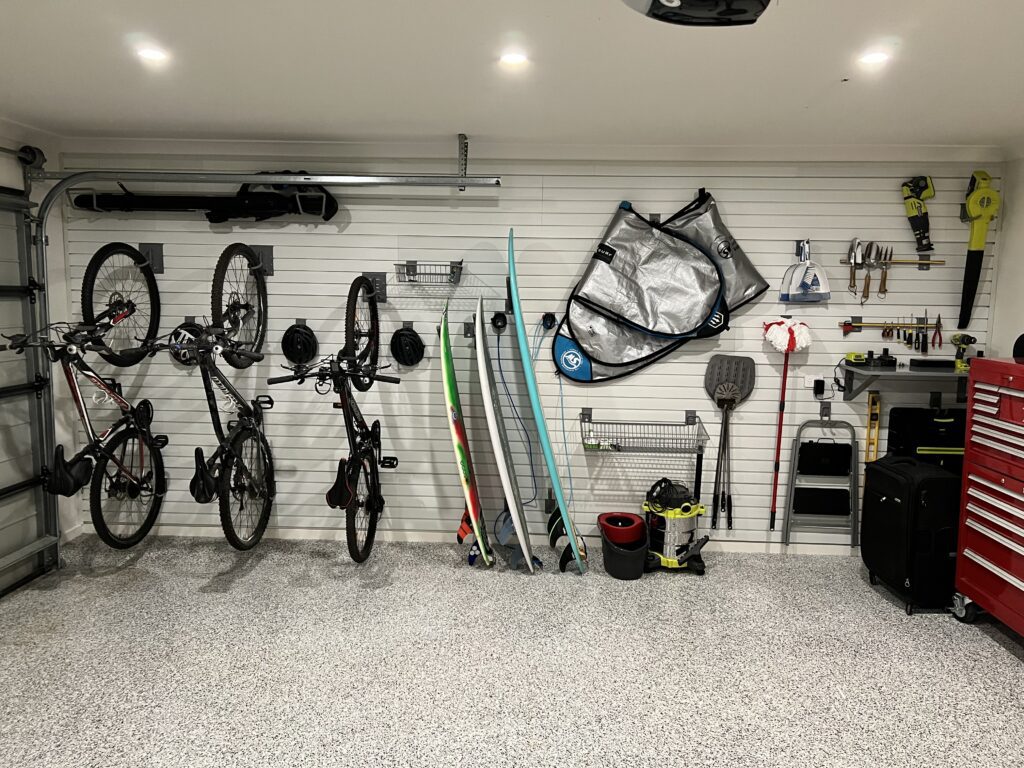
Modular Garage Storage for DIY Enthusiasts
Ryobi, best known for its wide range of power and garden tools, has now stepped into the garage organization scene with its Link Wall Storage System. As someone familiar with wall storage systems but not a Ryobi expert, I decided to purchase the system and try it out for myself. Here’s my Ryobi Link Wall Storage System Review, taking a closer look at how it performs and whether it’s worth considering for your own garage.

🧱 First Impressions – Ryobi Link Wall Storage System Review
If you’ve been to a Bunnings Warehouse, you’ve likely noticed Ryobi’s strong presence in the power tool aisle. Now, Ryobi’s signature black and bright green colours are turning up in the garage section too, with a full range of cabinets and wall-mounted storage accessories.
I picked up the Ryobi Link Wall Rail Starter Kit along with a hook accessory to get a feel for its flexibility, durability, and ease of installation.
🔩 Design & Installation
The Ryobi system uses modular plastic wall rails, which measure approximately 84 cm wide and 16.5 cm high. These rails are designed with six evenly spaced channels where accessories lock in. You can join multiple rails horizontally or stack them vertically, allowing you to cover large or tall walls.
One thing to note — no mounting hardware is included, which was a bit disappointing. The product relies on a QR code linking to installation videos and guides on Ryobi’s website. These are clear, but some printed instructions wouldn’t hurt.
Key Installation Tips:
- Each rail can support up to 94 kg — specifically, 31 kg per 280 mm — assuming correct installation. I didn’t test this so can only assume it is correct. It is a lot and even StoreWALL with its installstrips doesn’t reach this weight capacity on its smaller 1219mm panels.
- You’ll need to find wall studs (especially in plasterboard walls) to mount the rails securely.
- On brick or concrete walls, wall plugs and masonry screws are required (not included).
- Ryobi includes pre-drilled holes and alignment grooves, making installation straightforward if you have the right tools.
🪛 Accessories & Fit
Accessories (hooks, shelves, bins) slot into the rail grooves and then press down to latch in place. However, the default fit feels loose — items can pop off when removing heavy tools.
Thankfully, Ryobi includes a star-head locking screw with each accessory, which secures it firmly to the rail. Without it, the fitting is rather loose (watch the video). This feature is a real improvement over similar systems like Storease, which lack this option.
You’ll need a Torx driver or compatible bit to install these screws — not always standard in every toolbox, so plan accordingly.
💪 Build Quality – Ryobi Link Wall Storage System Review
The rails are made from what Ryobi calls a “high strength polymer“. In-hand, they feel tough and durable — but, as with all wall storage systems, performance ultimately depends on how well they’re anchored.
On a plasterboard wall, your load limits are dictated by stud spacing and wall plug strength:
- Stud mounts (usually 600 mm apart): offer the most support. You will need to fasten to atleast 2 studs. You should be able to fix 4 screws in total to the studs. This really isn’t a lot to support 90+KGs but on a rail that is 16.5cm high, its really all you can do.
- Holes are also available for Wall plugs at either end of the rail. Note, most Wall Plugs max out at around 10 kg each. I wouldn’t rely on these entirely.
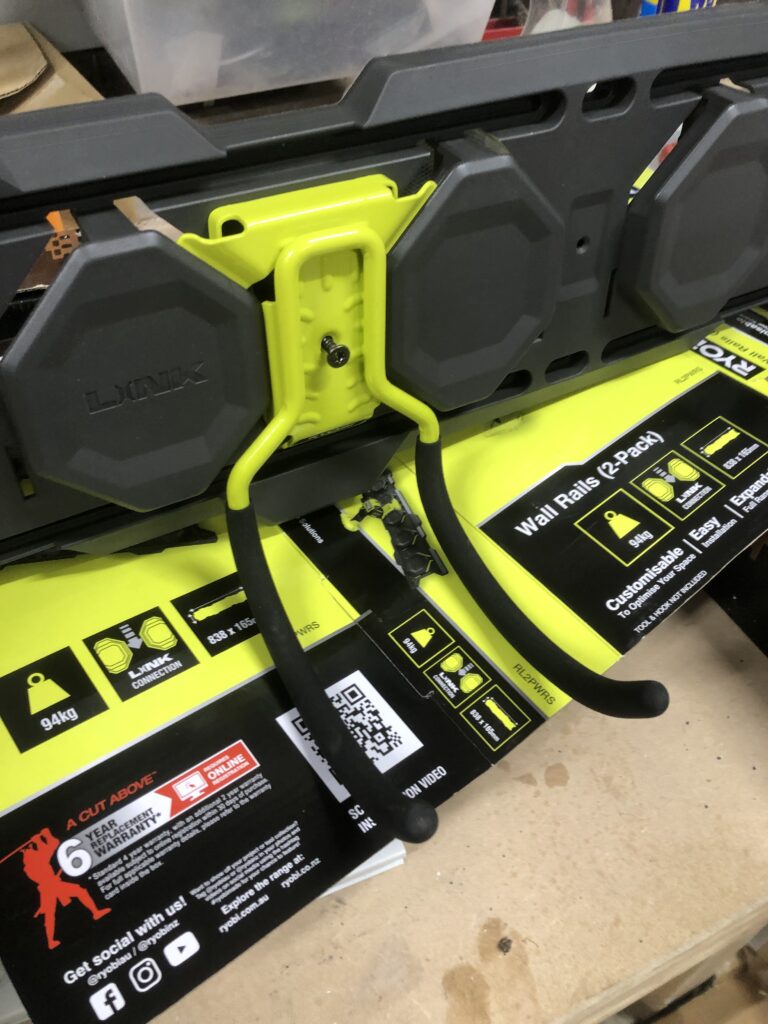
⚖️ How Does it Compare?
Compared to Storease, another Bunnings-offered system, the Ryobi Link rails are similarly priced. On a quick check, Storease rates its rail at 150kgs (6 screws across the rail). Not sure how they attain these ratings based on 6 screws.
What sets Ryobi apart:
- Locking screws for accessories — huge benefit for stability.
- Colour coordination — if you already use Ryobi tools, this system will match aesthetically.
- Wider ecosystem — Ryobi plans to expand the LINK system to toolboxes, totes, and mobile storage options.
Compared to StoreWALL, one is a rail, one is a wall panel. StoreWALL is installed with galvanised metal installstrips which are fastened to each stud. Across a 1219mm panel, you can use 3 sections of installstrip and a total of 12 screws using the pre-drilled holes on the installstrip. This is a lot more than the fasteners required by both Storease and the Ryobi Link product. On top of this you also have the strength of the wall panel and the heavy duty accessory with its CamLok locking mechanism.
🧰 Final Thoughts: Is the Ryobi Link System Worth It?
The Ryobi Link Wall Storage System is a budget-friendly, modular option ideal for:
- Garden tools
- Hand tools
- DIY supplies
- Lightweight power equipment
It’s not industrial-grade, but for typical home garage setups, it’s more than sufficient. Installation requires a bit of planning and the right fixings, but once installed, it gives you a tidy, flexible, and expandable solution.
